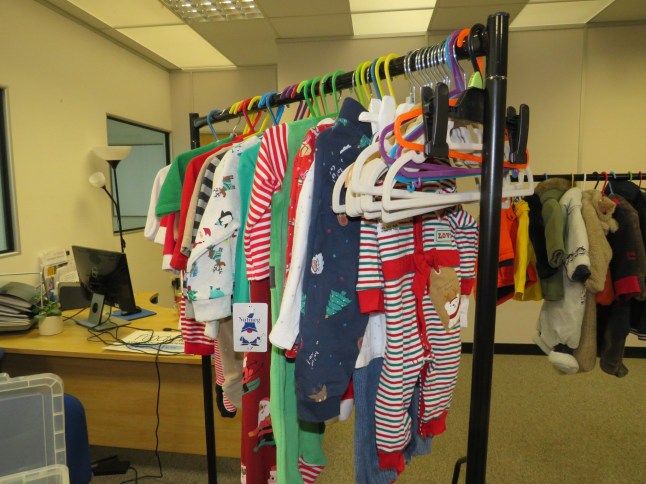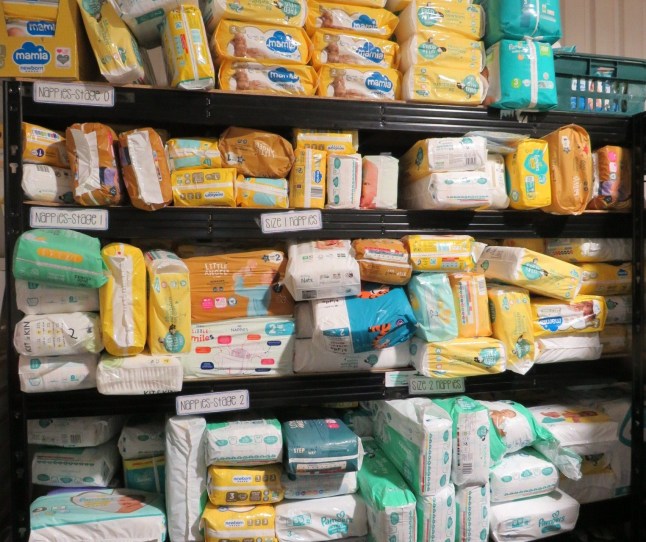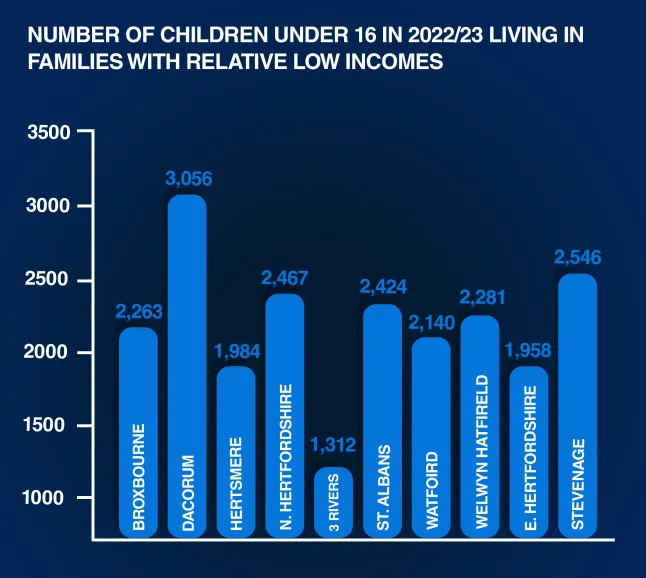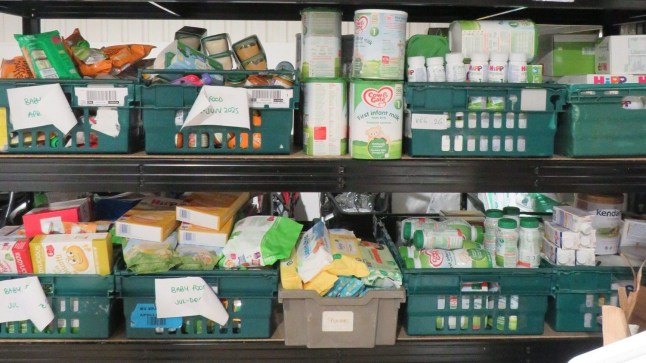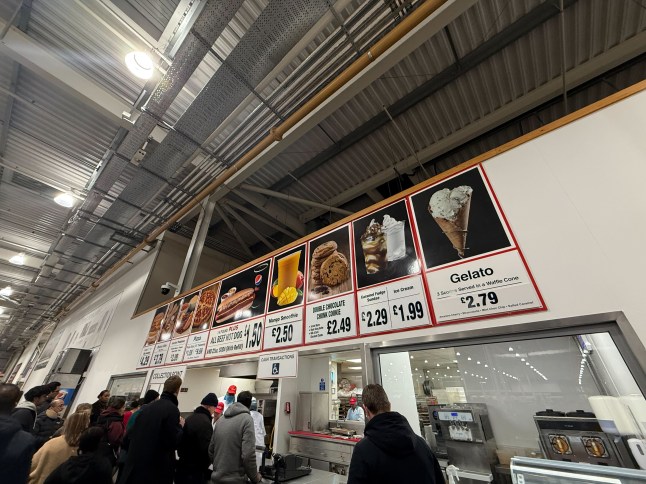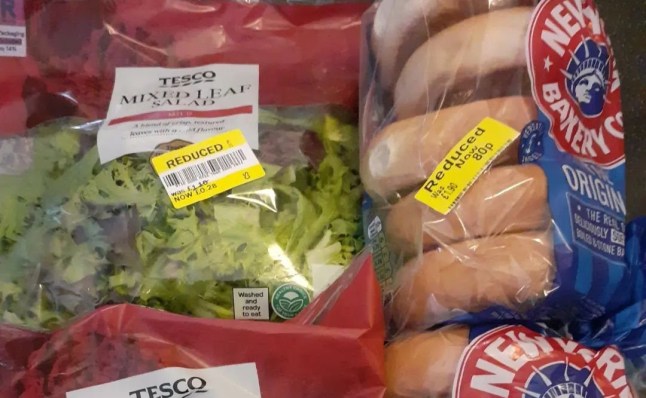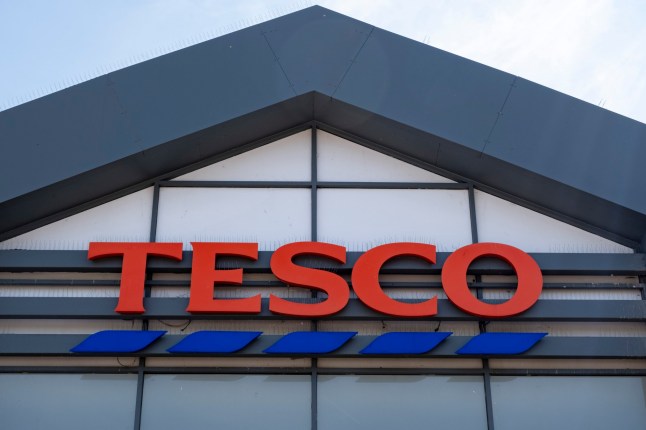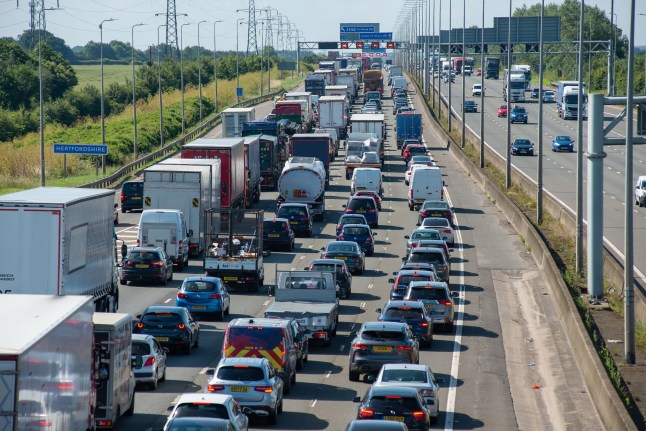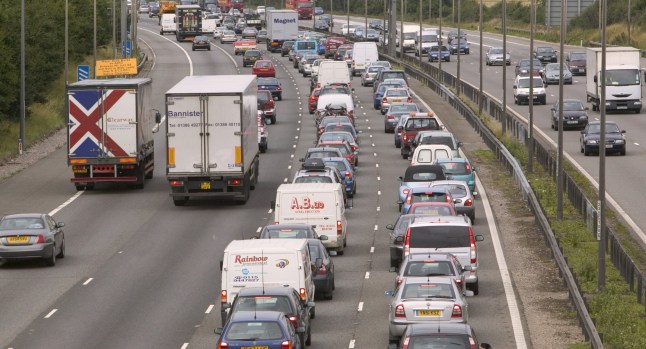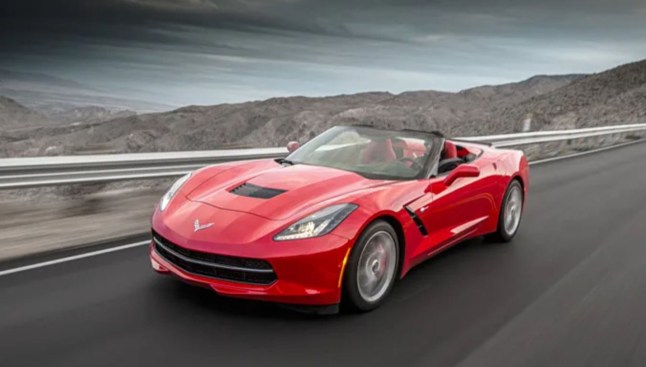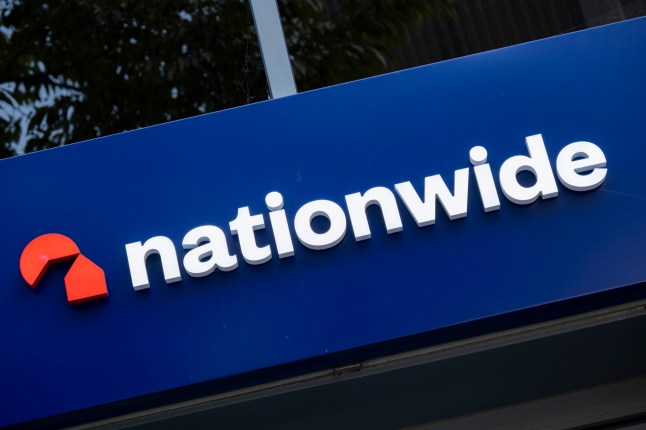The hours you need to work to afford an ‘average’ life in different UK cities revealed

If you feel like you’re working all hours without much to show for it, the maths is in proving you’re probably right.
A new study has analysed the number of hours you need to work to afford a comfortable lifestyle in 45 cities around the UK — and it’s pretty depressing reading.
Expenses like rent, bills, food, transport and leisure activities were compared average salaries in each city, creating a ranking of the best (and worst) when it comes to work/life balance.
‘Our study shows how hard it’s becoming for people to balance work and the cost of living in the UK’s biggest cities,’ commented David Overmars from CVwizard, who compiled the research using ONS data.
‘With rents and everyday expenses going up, many are having to work longer hours just to get by. This highlights the need for better solutions — higher wages, more stable living costs, and a work-life balance that lets people enjoy life without working nonstop just to afford it.’
Perhaps unsurprisingly, London came out as the place where you need to do the most work to stretch to an ‘average’ standard of living; 2394.51 hours a year, to be exact, which equates to over 46 hours a week.
Despite having the highest median net salary of £34,189.20, rent is significantly higher in the capital than the other cities studied, with a whopping 76.8% of all working hours going towards this alone.
In at second was Oxford, whose residents need to put in
2139.71 hours a year – just over 41 a week – to cover the cost of a decent standard of living.
Top 10 cities where living requires the most work hours
- London: 2394.51 annual hours/46.05 hours per week
- Oxford: 2139.71 annual hours/41.15 hours per week
- Manchester: 2139.20 annual hours/41.14 hours per week
- Bristol: 2135.02 annual hours/41.06 hours per week
- Nottingham: 2033.14 annual hours/39.10 hours per week
- Birmingham: 2017.97 annual hours/38.81 hours per week
- Norwich: 1981.45 annual hours/38.10 hours per week
- Southampton: 1978.35 annual hours/38.05 hours per week
- Glasgow: 1945.63 annual hours/37.42 hours per week
- Newport: 1920.54 annual hours/36.93 hours per week
Research via CVwizard.
While rent in the historic cathedral city is lower than the Big Smoke, utilities are more expensive, totalling to 243.5 working hours each year for the likes of electricity, mobile phone plans, and fast internet.
Third on the list was Manchester, followed by Bristol and Nottingham. A comfortable life in each of these locations means dedicating at least 2033 hours a year to work, which sits on the higher end of the ‘full time’ spectrum at 39 hours every week.
In contrast, Southend-on-Sea offers a median net salary £32,642.40, withrelatively low rents at roughly £840.33 per month and low utility and leisure costs, making it the best for work/life balance.
Here, residents need to work just 1364.24 hours a year, or less than 27 a week, to afford an average life — plus it’s by the beach, which is always an extra bonus.
Top 10 cities with the best work/life balance
- Southend-on-Sea: 1364.24 annual hours/26.24 hours per week
- Aberdeen: 1479.98 annual hours/28.46 hours per week
- Mansfield: 1509.80 annual hours/29.03 hours per week
- Northampton: 1562.30 annual hours/30.04 hours per week
- Bradford: 1575.65 annual hours/30.30 hours per week
- Dudley: 1591.29 annual hours/30.60 hours per week
- Sunderland: 1597.22 annual hours/30.72 hours per week
- Kingston upon Hull: 1614.13 annual hours/31.04 hours per week
- Stoke-on-Trent: 1636.15 annual hours/31.46 hours per week
- Derby: 1637.75 annual hours/31.50 hours per week
Aberdeen was next up, while Mansfield, Northampton and Bradford rounded out the top five. If you’re looking to get out of the rat race, these are the places to be, requiring 30 hours a week or less to cover everyday expenses and a few treats here and there.
A growing backlash against ‘hustle culture’ has arisen in recent years, with comments from Google CEO Sergey Brin calling 60 hours a week the ‘sweet spot for productivity’ drawing harsh criticism online.
‘I’m not working 12 hours a day because some tw*t thinks money matters more than having a life,’ tweeted @Farore13, while @milolzx wrote: ‘We are humans and we deserve rest and a life outside of work.’
In response to increasing levels of overwork, nearly 1 in 5 employees (19%) are instilling greater boundaries by not taking on tasks outside of their specific job descriptions, and a further 20% say they refuse to answer work messages outside of their contracted hours.
Do you have a story to share?
Get in touch by emailing MetroLifestyleTeam@Metro.co.uk.

